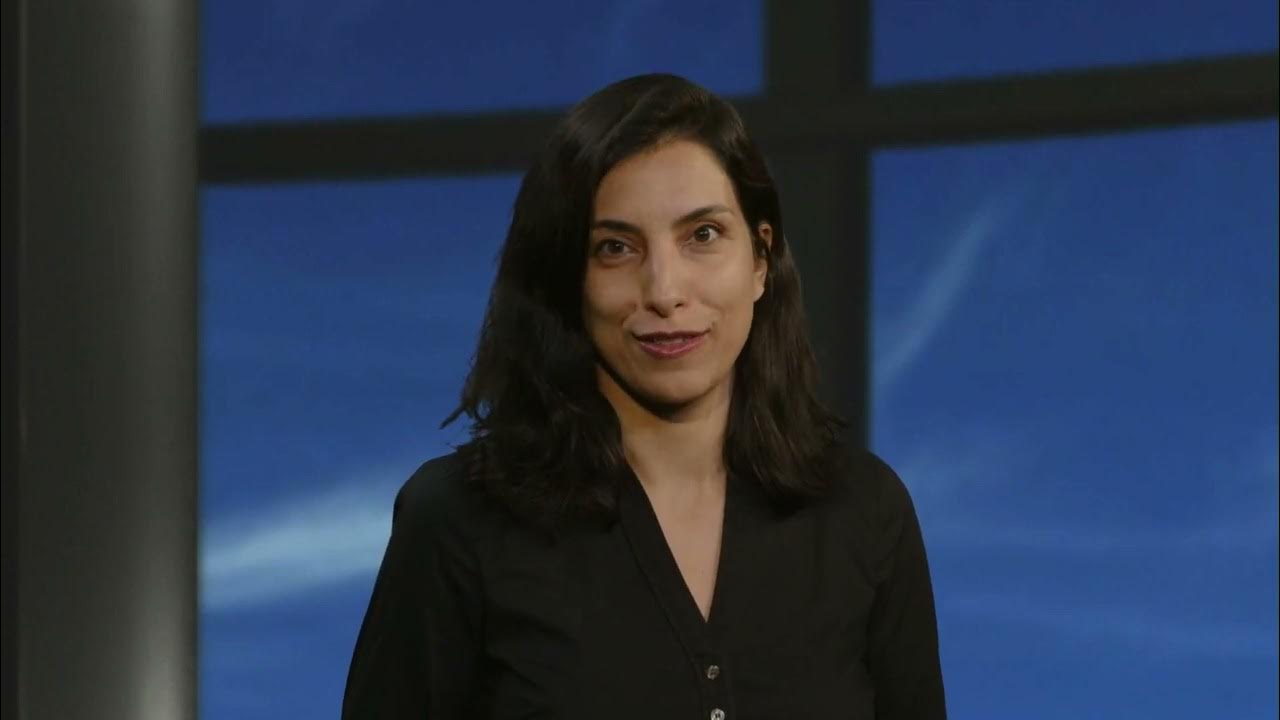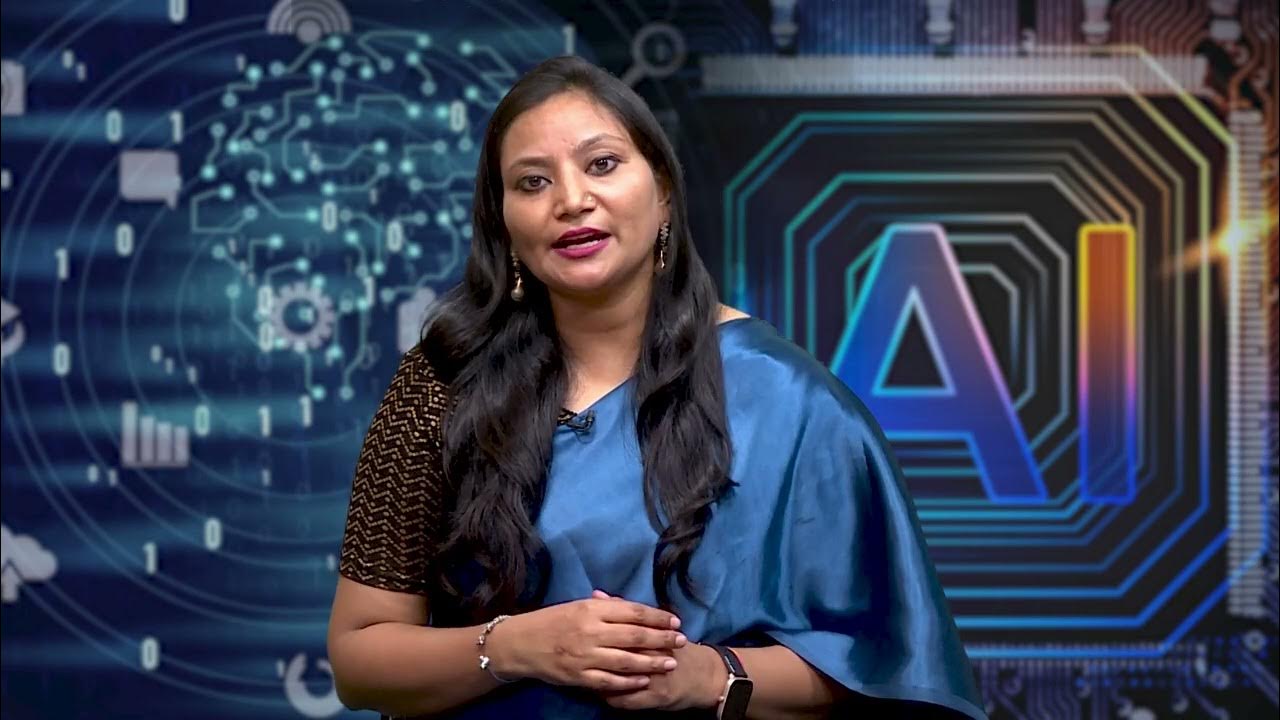Computer Vision Explained in 5 Minutes | AI Explained
Summary
TLDRThis video script offers an introduction to computer vision (CV), a branch of AI that enables machines to interpret images like humans. It delves into the basics of CV, its reliance on pattern recognition and convolutional neural networks, and the training process involving vast visual data. The script highlights the exponential growth of CV, its high accuracy rates surpassing human capabilities, and its diverse applications across various industries. It also mentions courses for beginners to master computer vision, emphasizing hands-on projects for practical learning.
Takeaways
- 🧠 Computer Vision (CV) is a branch of computer science that enables machines to see, recognize, and process images like humans.
- 🌐 It is a multi-disciplinary field and a subfield of Artificial Intelligence (AI) and Machine Learning (ML), utilizing learning algorithms and specialized methods.
- 🔍 The primary goal of computer vision is to understand the content of digital images, which is challenging due to the inherent differences in human and computer perception.
- 🤖 Modern computer vision algorithms are based on pattern recognition, often using Convolutional Neural Networks (CNNs) for training on large datasets to identify and learn object patterns.
- 📈 The field has seen exponential growth due to advancements in hardware and algorithms, significantly improving object identification accuracy rates from 50% to nearly 99%.
- 🚀 Computer vision applications are widespread, from social media to e-commerce, with over 3 billion images shared daily, highlighting the need for powerful computing to analyze visual data.
- 🛠️ The technology has matured from early experiments in the 1950s to commercial use in the 1970s and now encompasses a broad range of applications, including defect, intruder, and tumor detection.
- 🏢 Computer vision is extensively used across various industries such as retail, manufacturing, transportation, insurance, media, agriculture, healthcare, sports, banking, and security.
- 📚 The script mentions courses for beginners and in-depth learners, emphasizing the importance of hands-on projects like change detection in CCTV and smart DVRs.
- 🔑 Key applications of computer vision include object classification, identification, detection, verification, landmark detection, segmentation, and recognition, with the ability to pinpoint object locations in photographs.
- 📈 The script encourages interested individuals to explore computer vision courses and resources to start or advance their careers in data science and AI.
Q & A
What is computer vision?
-Computer vision, also known as CV, is a branch of computer science that enables machines to see, recognize, and process images, similar to how humans do.
How is computer vision related to artificial intelligence and machine learning?
-Computer vision is a subfield of artificial intelligence (AI) and machine learning (ML), utilizing general learning algorithms and sometimes specialized methods.
Why is computer vision considered a multi-disciplinary field?
-It is multi-disciplinary because it borrows and reuses techniques from various engineering and computer science fields, making it seem complex for beginners.
What is the main objective of computer vision?
-The main objective of computer vision is to understand the content of digital images, which is challenging because computers do not have the natural vision and perception abilities that humans have.
How do computer vision algorithms typically work?
-Computer vision algorithms are based on pattern recognition and often rely on convolutional neural networks (CNNs), where computers are trained on a large amount of visual data to identify patterns and objects.
What is the role of CNNs in computer vision?
-CNNs are crucial in computer vision as they help in training computers to recognize patterns and identify objects in images, such as creating a 'model cat' from analyzing millions of cat images.
How has the growth of computer vision been influenced by the internet and social media?
-The growth of computer vision has been exponential due to the vast amount of visual data available on the internet and social media platforms, which provides ample material for training algorithms.
What are some of the advancements that have contributed to the accuracy of computer vision systems?
-Advancements in hardware and algorithms have significantly improved the accuracy rates for object identification in computer vision systems, increasing from 50% to nearly 99% in less than a decade.
How quickly do computers react to visual inputs compared to humans?
-Computers react much more quickly than humans to visual inputs, making them more efficient in certain tasks involving image analysis.
What are some of the fields where computer vision is applied?
-Computer vision is applied in various fields such as retail, manufacturing, transportation, insurance, media, agriculture, healthcare, sports, banking, augmented reality, mixed reality, home security, and content management and analysis.
What are some popular computer vision applications?
-Popular applications include object classification, identification, detection, verification, landmark detection, segmentation, and recognition, which involve recognizing objects and pinpointing their locations in photographs.
What courses are available for beginners interested in computer vision?
-There are courses like 'Computer Vision Theory and Projects in Python for Beginners' and 'Mastering Computer Vision Theory and Projects in Python' that cover both basic and advanced concepts along with hands-on projects.
Outlines

このセクションは有料ユーザー限定です。 アクセスするには、アップグレードをお願いします。
今すぐアップグレードMindmap

このセクションは有料ユーザー限定です。 アクセスするには、アップグレードをお願いします。
今すぐアップグレードKeywords

このセクションは有料ユーザー限定です。 アクセスするには、アップグレードをお願いします。
今すぐアップグレードHighlights

このセクションは有料ユーザー限定です。 アクセスするには、アップグレードをお願いします。
今すぐアップグレードTranscripts

このセクションは有料ユーザー限定です。 アクセスするには、アップグレードをお願いします。
今すぐアップグレード関連動画をさらに表示

Introduction to Computer Vision: Image and Convolution

How Computer Vision Applications Work

Introduction to Artificial Intelligence

How we teach computers to understand pictures | Fei Fei Li

Natural Language Processing In 5 Minutes | What Is NLP And How Does It Work? | Simplilearn

Steven Pinker on Language Pragmatics
5.0 / 5 (0 votes)
